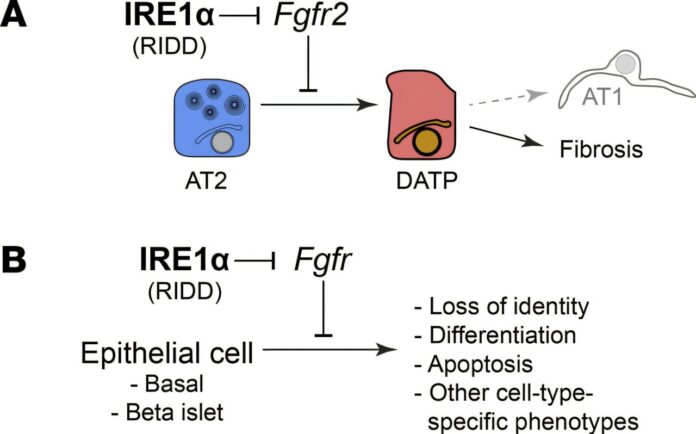Many modern drugs are based on antibodies. These proteins very specifically identify a certain structure on the surface of cells or molecules and bind onto it—this may be a receptor protruding from the cell envelope. For antibodies and other protein-based biotherapeutics, extensive preclinical tests need to be conducted on animals before they can be tested on humans.
Currently, antibody candidates are analyzed individually in animal models. A large number of laboratory animals are normally used to conduct each test. This is why preclinical tests account for a large proportion of the animals used in the pharmaceutical industry. One possible solution would be to test several substances simultaneously in a single animal. However, up until now this method was restricted to a maximum of four active ingredients per animal.
Researchers at the University of Zurich (UZH) led by Markus Seeger from the Institute of Medical Microbiology and Johannes vom Berg from the Institute of Laboratory Animal Science have now managed to overcome this restriction. “The approach we developed allows us to test 25 different antibodies simultaneously in a single mouse. This speeds up the process and reduces the number of animals required,” says vom Berg.
To conduct their study, now published in the Proceedings of the National Academy of Sciences, the team used antibodies that are already approved as a drug or those undergoing clinical development.
Protein fragments as barcodes for analysis
Drugs need to have several properties to be successful: The active ingredient is only released slowly and can therefore develop its effect in the body for a prolonged period of time. It binds precisely to a specific target structure and accumulates in the corresponding organ. In addition, the substance only spreads to a limited extent in other tissues and organs, which reduces the risk of side effects.
To allow individual analysis of the properties of the antibodies from the complex plasma or tissue samples from the mice, the researchers developed a form of barcodes. They are made up of defined protein fragments—known as flycodes—that can be used to mark each antibody individually. Once they have been administered to the mouse, the individual antibody candidates can be separated from the mixture and analyzed separately.
“Our results show that the flycode technology delivers high-quality preclinical data on the investigated antibodies. We get much more data with fewer mice and the data is of a better quality because the analyses can be compared directly,” says Seeger.
Great potential to reduce the numbers of laboratory animals
The researchers also demonstrated that the antibodies find their target structures correctly in the animals’ body: for example, two of the antibodies used in cancer medicine reliably identified the EGF receptor that the tumor cells primarily carry on the surface. The targeted accumulation in the tumor tissue also worked in a mixture with 20 other antibodies. This demonstrates that flycodes do not compromise the efficacy of the antibodies in a living organism.
In addition, the team used flycodes to analyze the properties and data for a series of 80 drug-like synthetic biomolecules—known as sybodies—efficiently in a single experiment. “Using minimal resources, the flycode technology allows a direct comparison of drug candidates under identical experimental conditions. It is set to advance preclinical discovery pipelines much more efficiently in the future,” says Seeger.
All the data in this study originated from just 18 mice. In principle, this new method can reduce the number of animals required by a factor of up to 100.
More information:
Justin D. Walter et al, Flycodes enable simultaneous preclinical analysis for dozens of antibodies in single cassette–dosed mice, Proceedings of the National Academy of Sciences (2025). DOI: 10.1073/pnas.2426481122
University of Zurich
Citation:
‘Flycode’ system allows simultaneous analysis of 25 antibodies in mice to reduce animal testing (2025, March 18)
retrieved 19 March 2025
from https://medicalxpress.com/news/2025-03-flycode-simultaneous-analysis-antibodies-mice.html
This document is subject to copyright. Apart from any fair dealing for the purpose of private study or research, no
part may be reproduced without the written permission. The content is provided for information purposes only.


